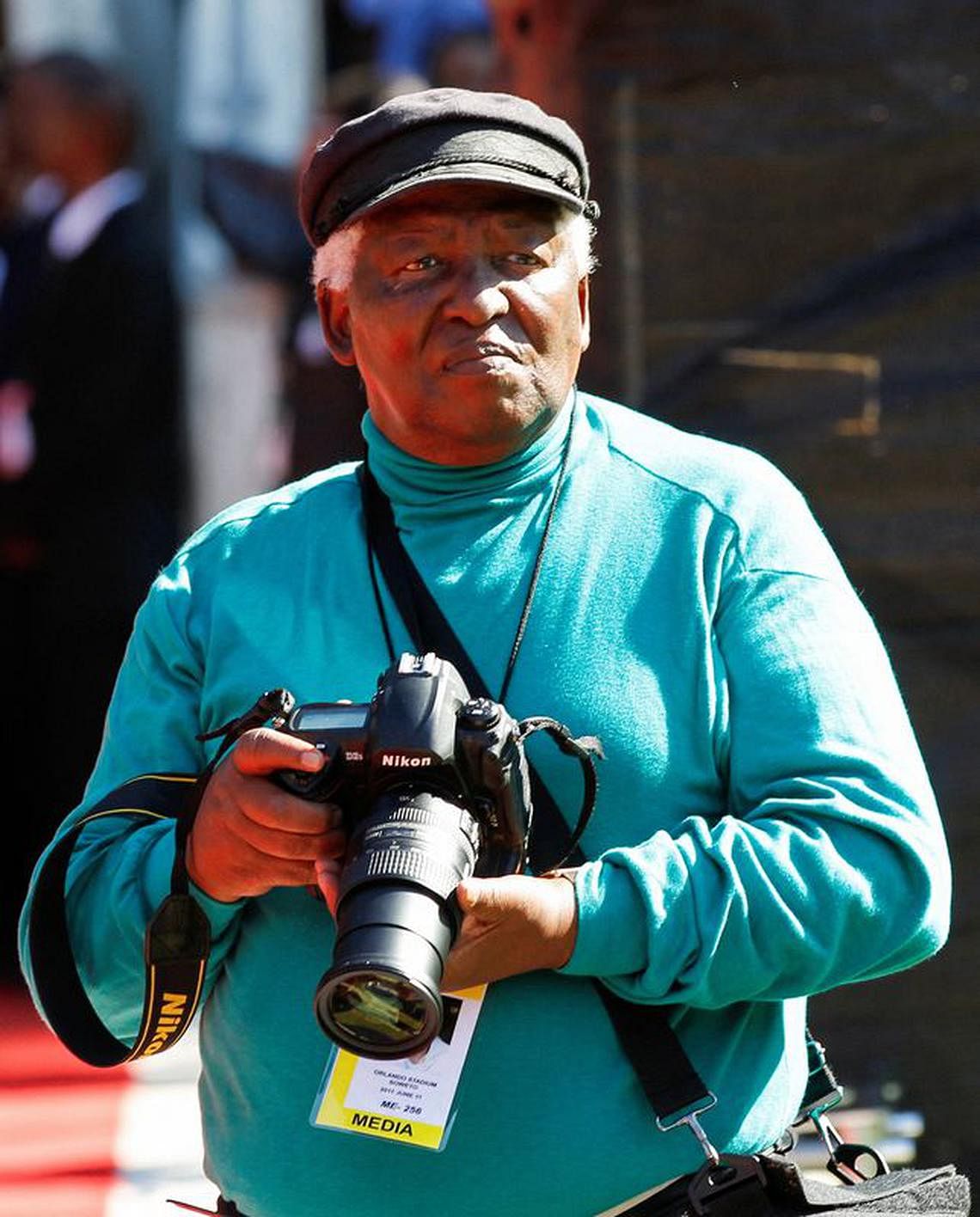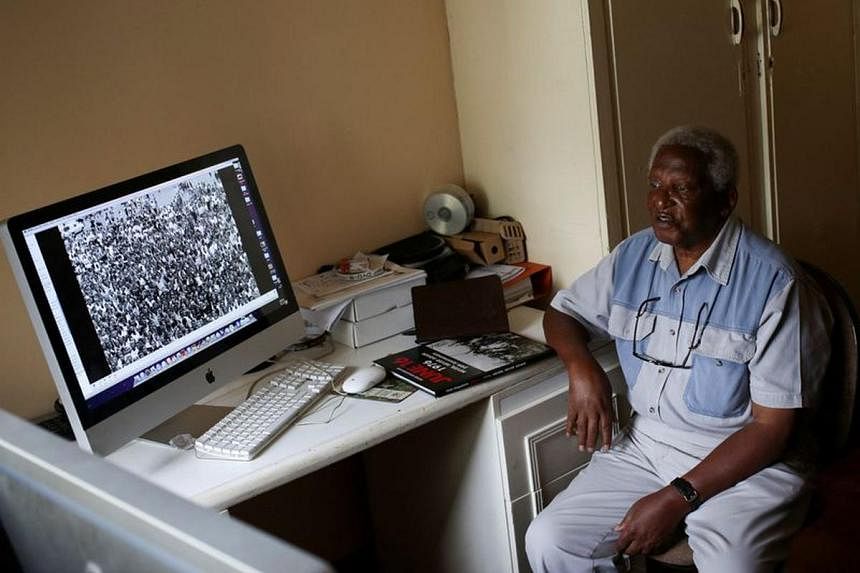JOHANNESBURG - Peter Magubane, the renowned artist-photographer who shed light on the everyday struggles of Black South Africans for decades under apartheid, died on Jan 1. He was 91.
After joining Drum magazine in 1955, Magubane gained prominence as one of the few Black photographers covering the repressive era.
One of his landmark images, taken a year later in a wealthy Johannesburg suburb, showed a white girl sitting on a bench with a sign reading “Europeans Only” while a Black worker sat behind her combing her hair.
In the 1960s, amid a surge in anti-apartheid activism, he covered Nelson Mandela’s arrest and the banning of the now-ruling African National Congress (ANC) party.
A decade on, he was winning international accolades with his coverage of the Soweto student uprising.
He was regularly harassed, assaulted, arrested and, starting in 1969, locked up for 586 days of solitary confinement.
But Magubane kept taking photos and, in the 1990s, was appointed as newly released Mandela’s official photographer.
He was “someone who made very big sacrifices for the freedom that we enjoy today”, his granddaughter Ulungile Magubane told Reuters.
“Luckily he was alive to see the country change for the better,” she said.
Born in 1932 in the Johannesburg suburb of Vrededorp – now Pageview – Magubane grew up in Sophiatown, once a hub to famous Black artists that was eventually destroyed under apartheid.
He died peacefully around midday, his daughter Fikile Magubane said. He would have turned 92 on Jan 18. REUTERS


